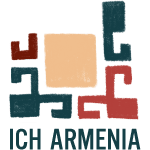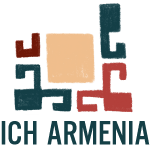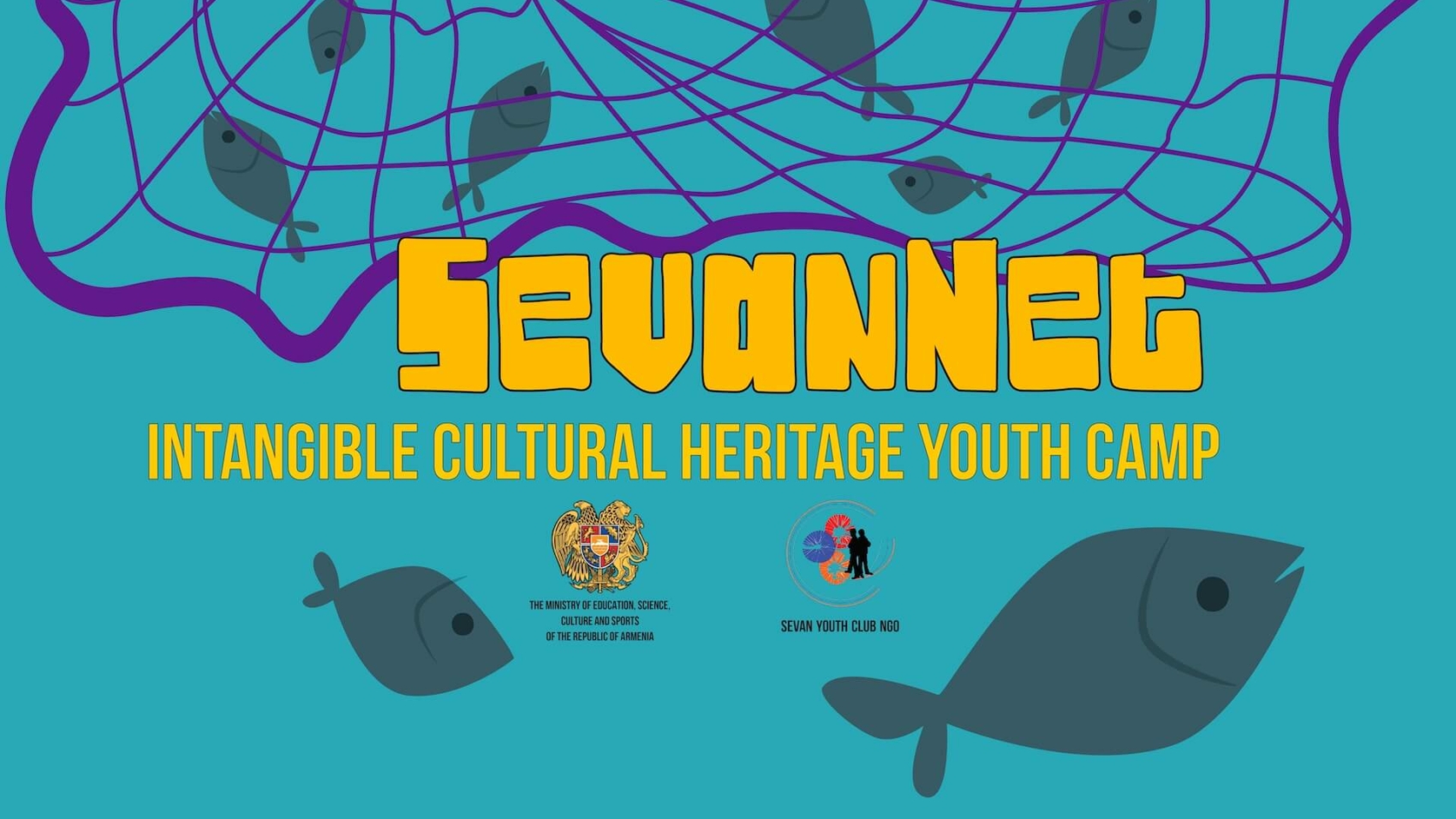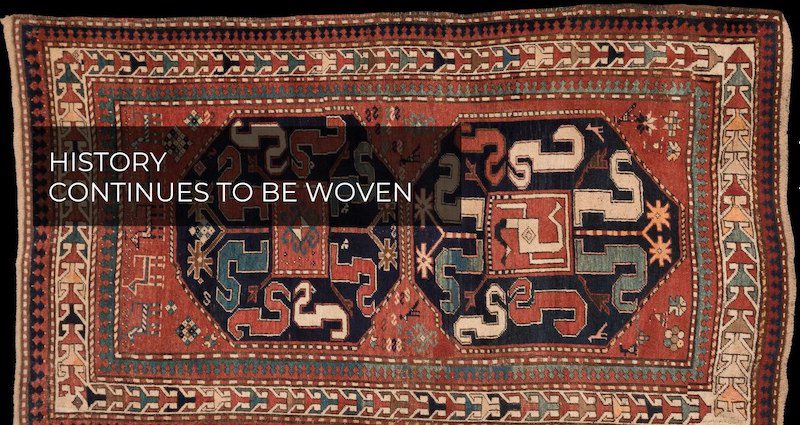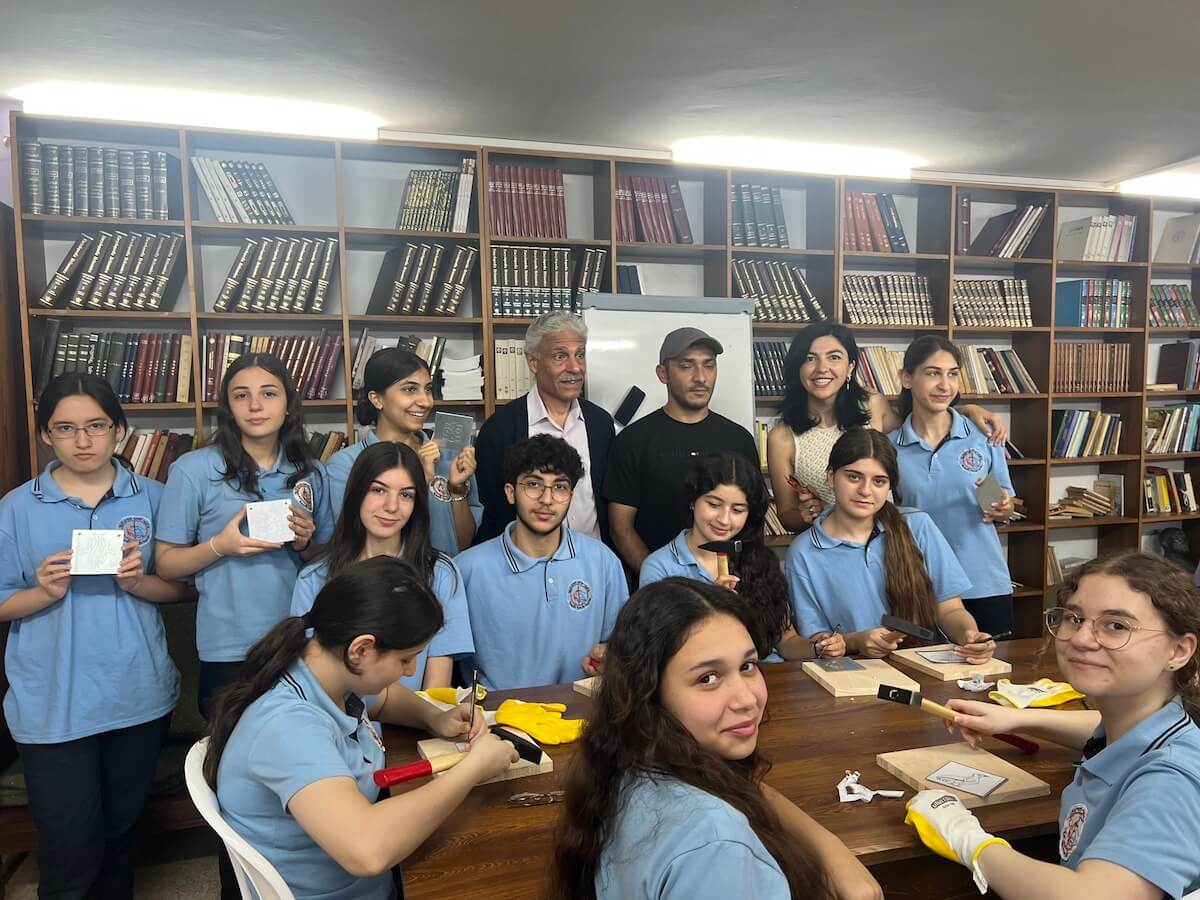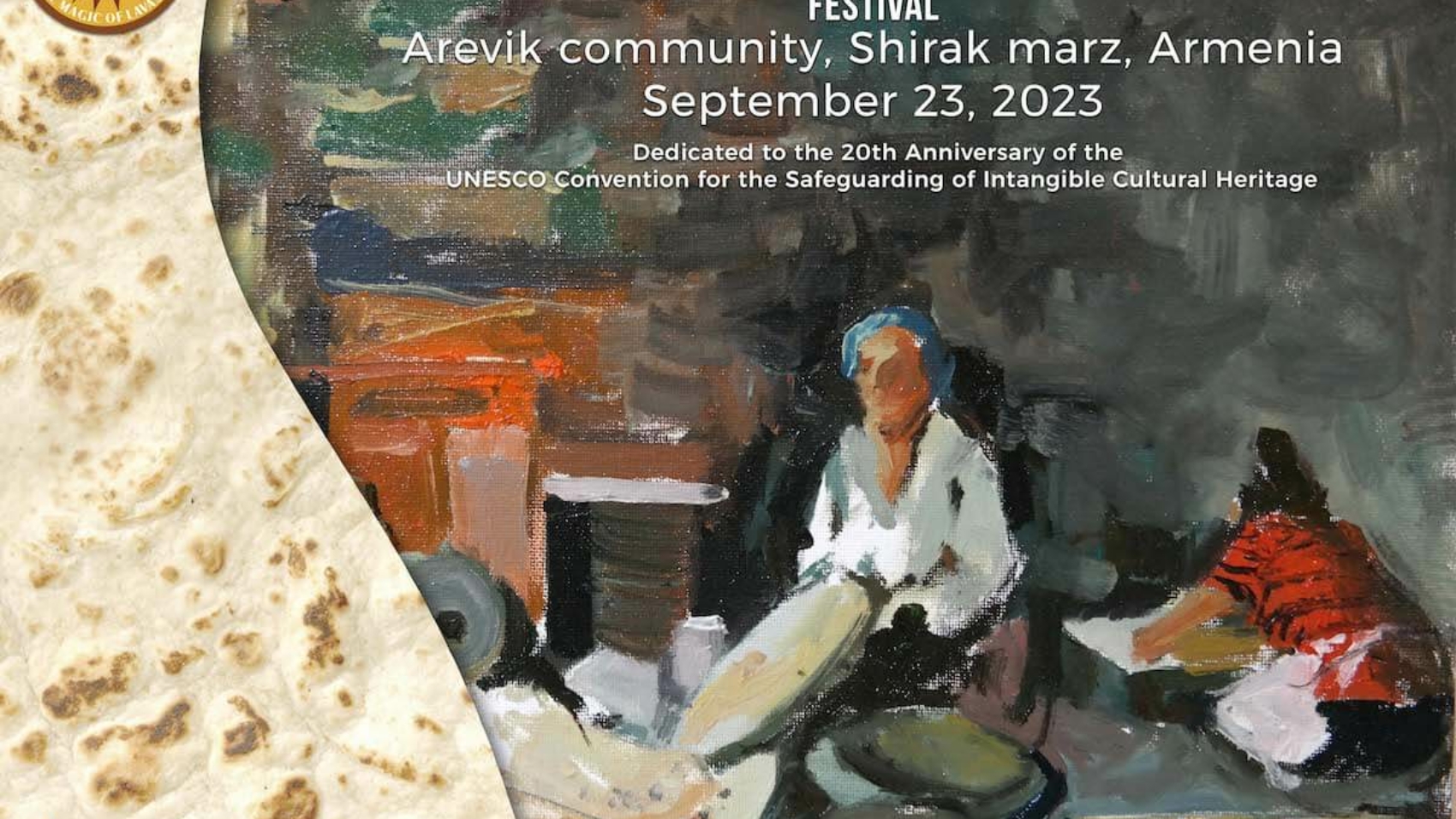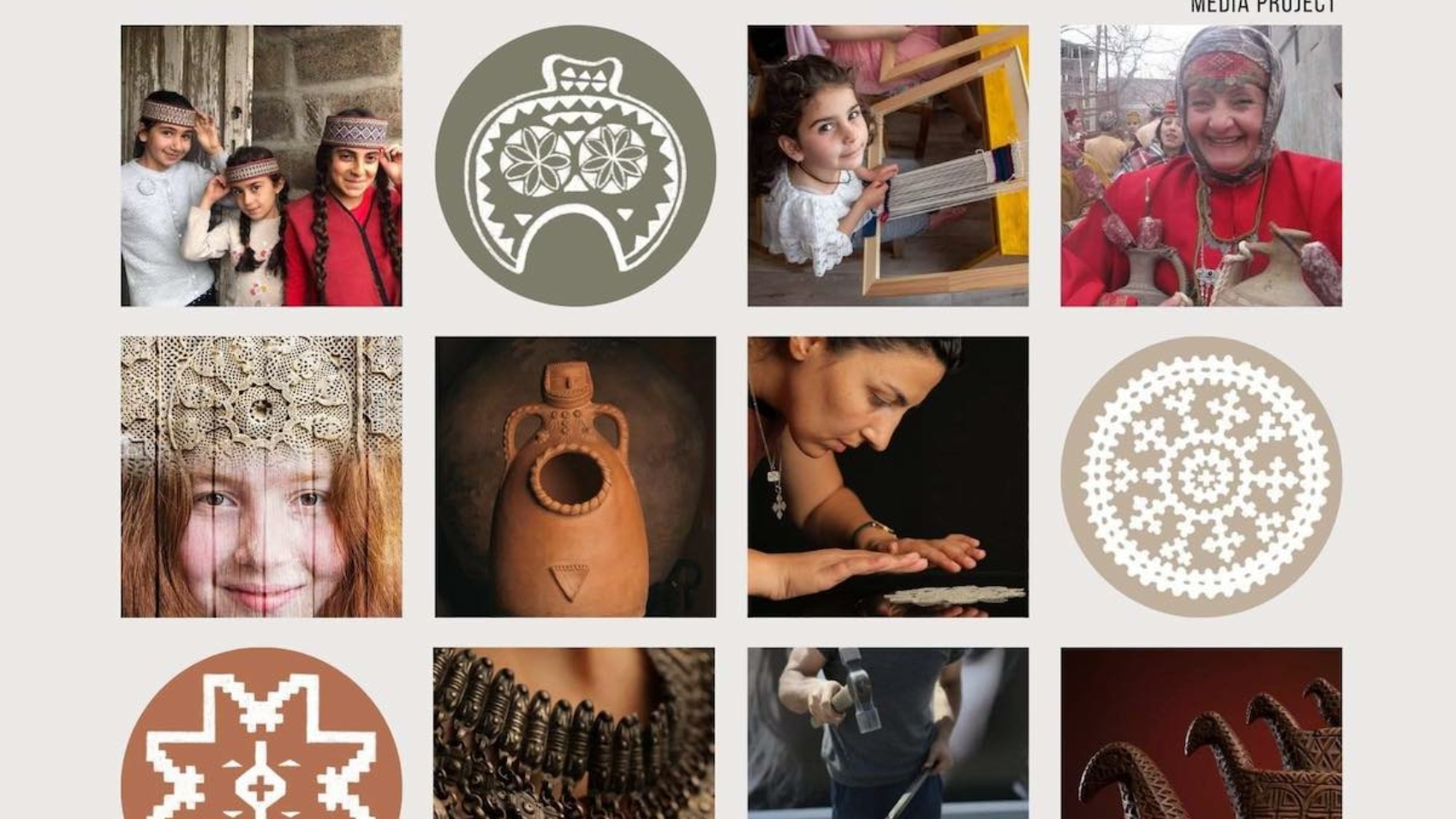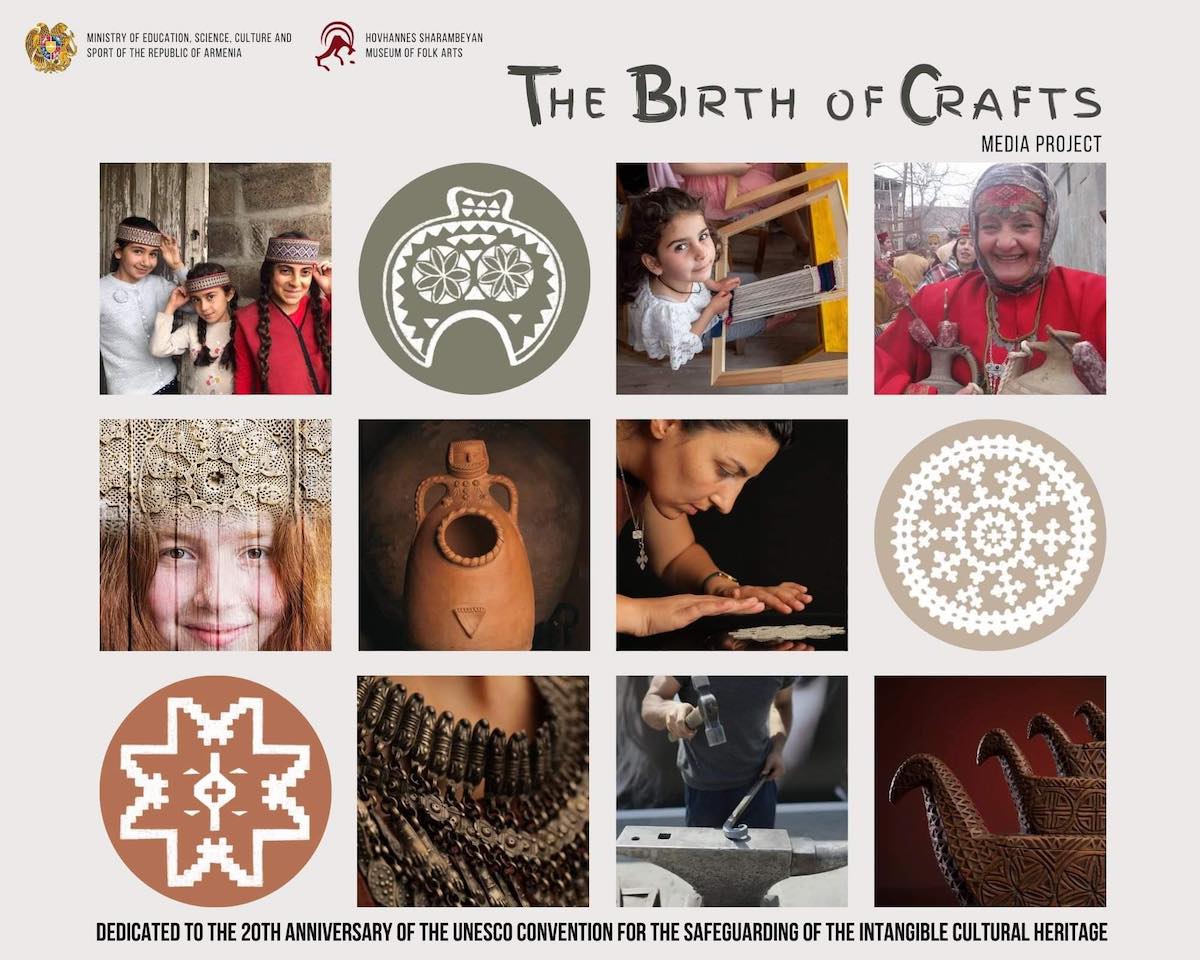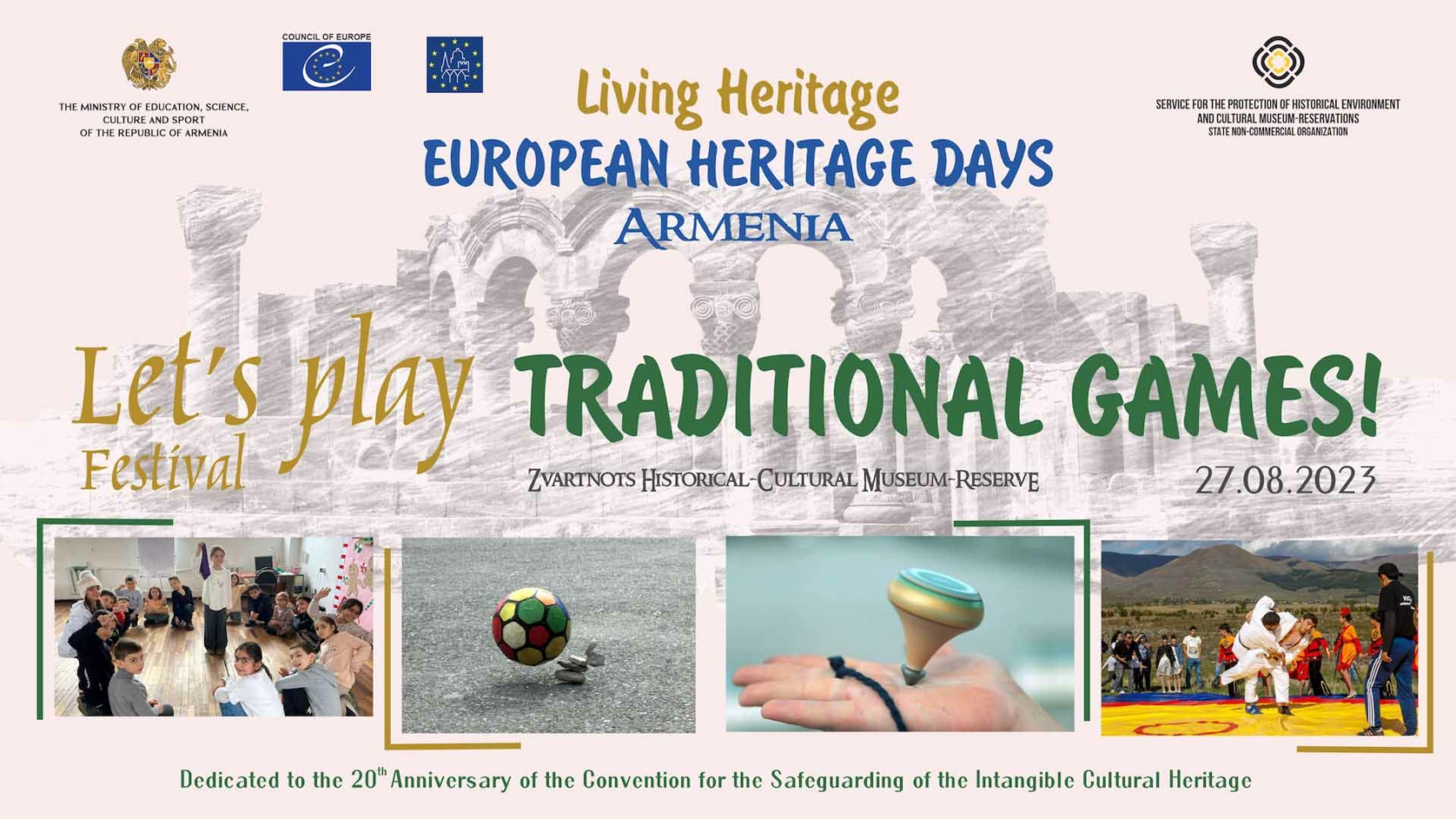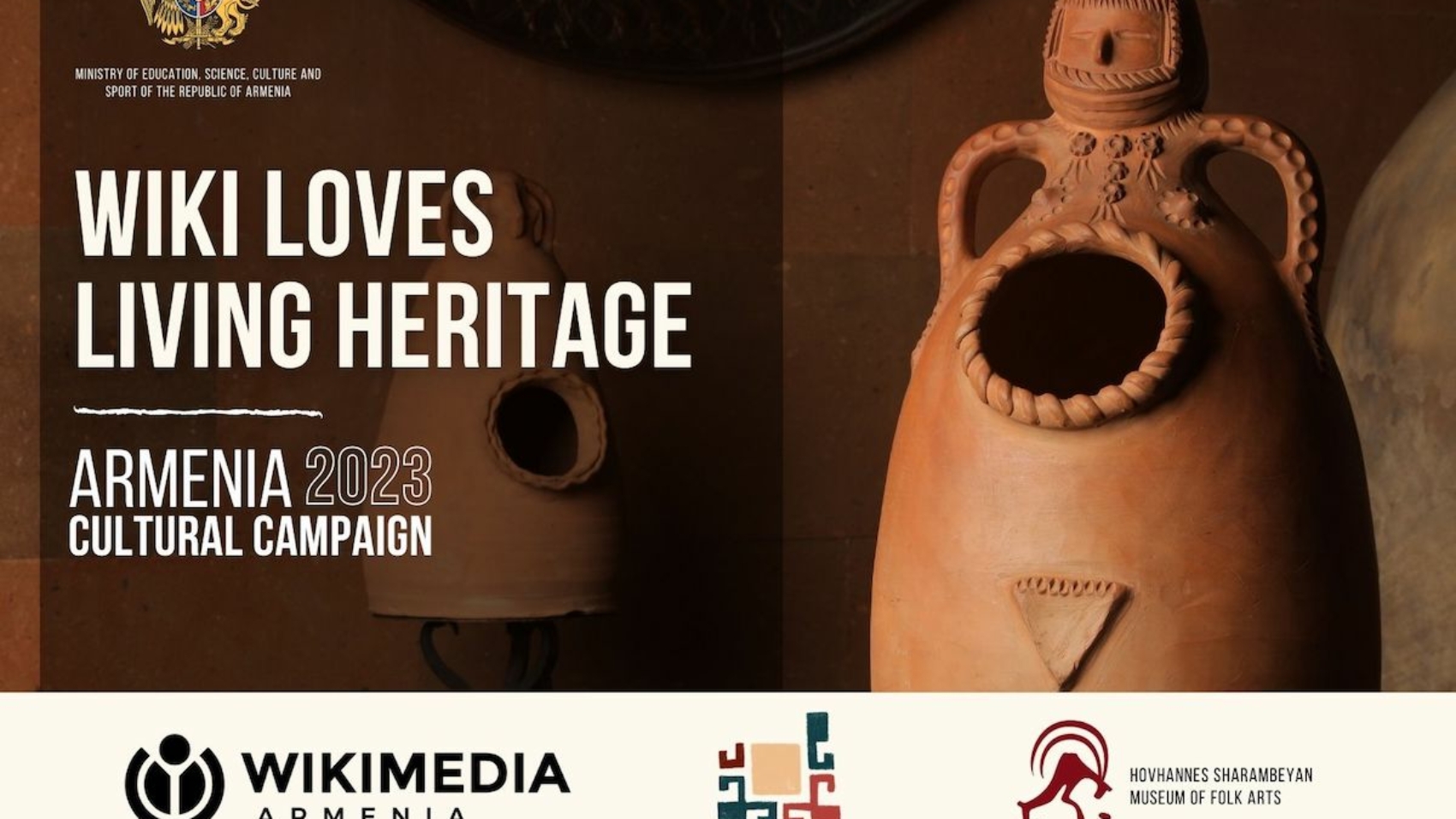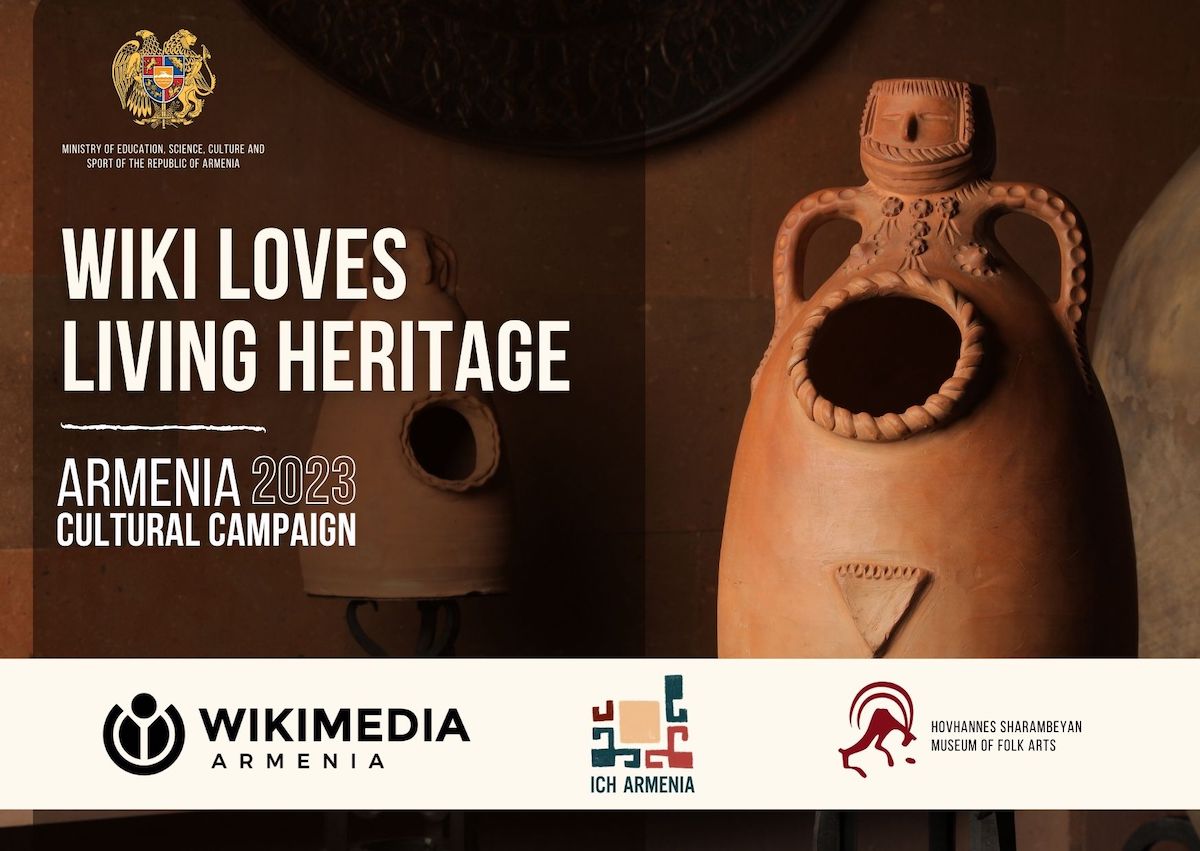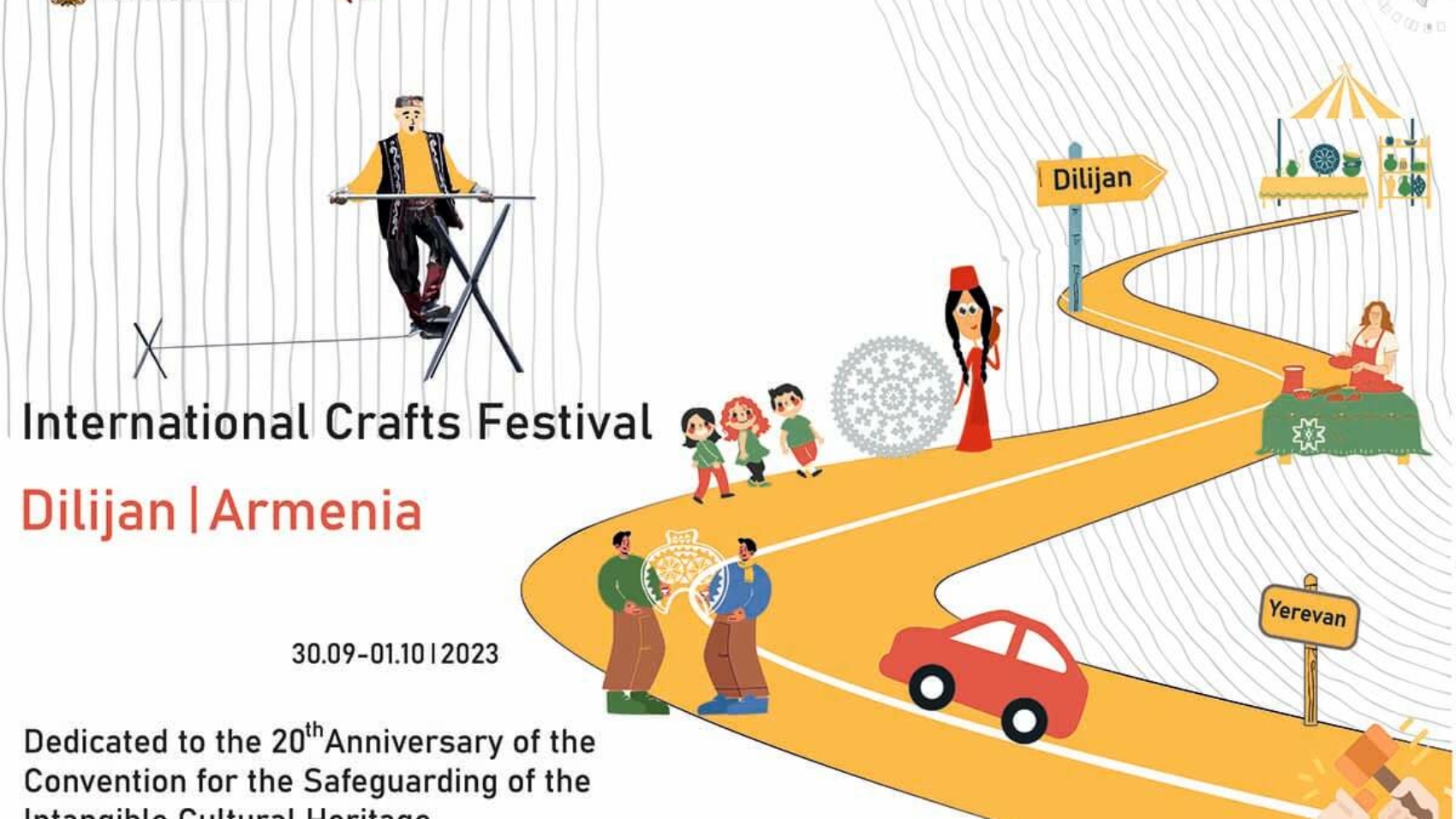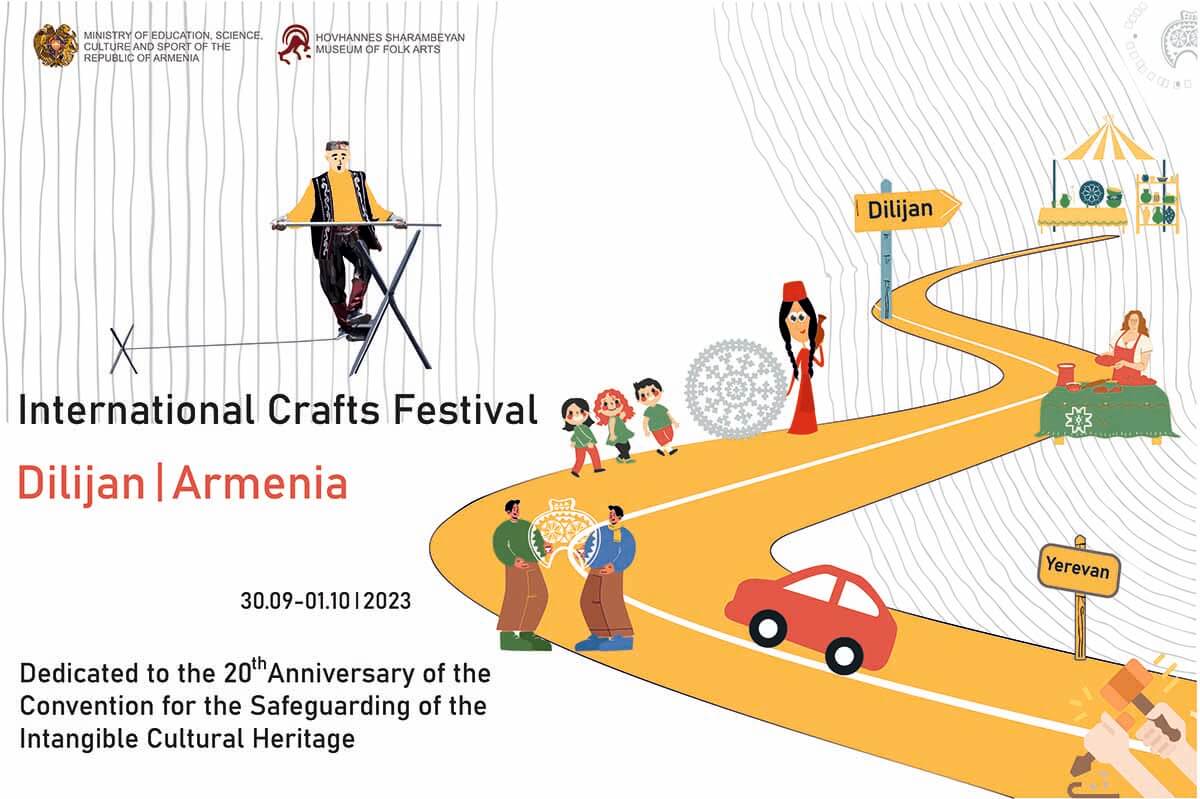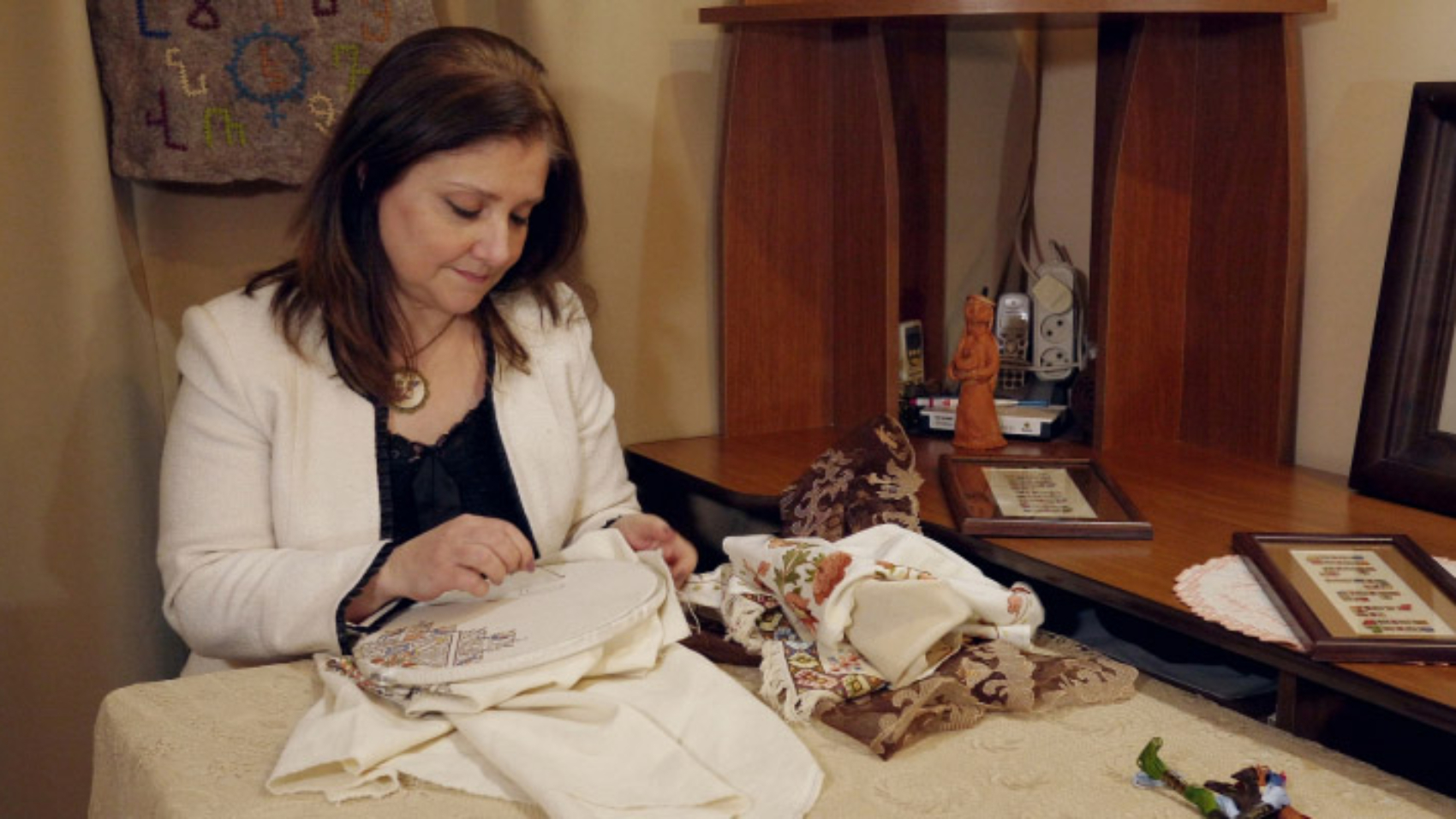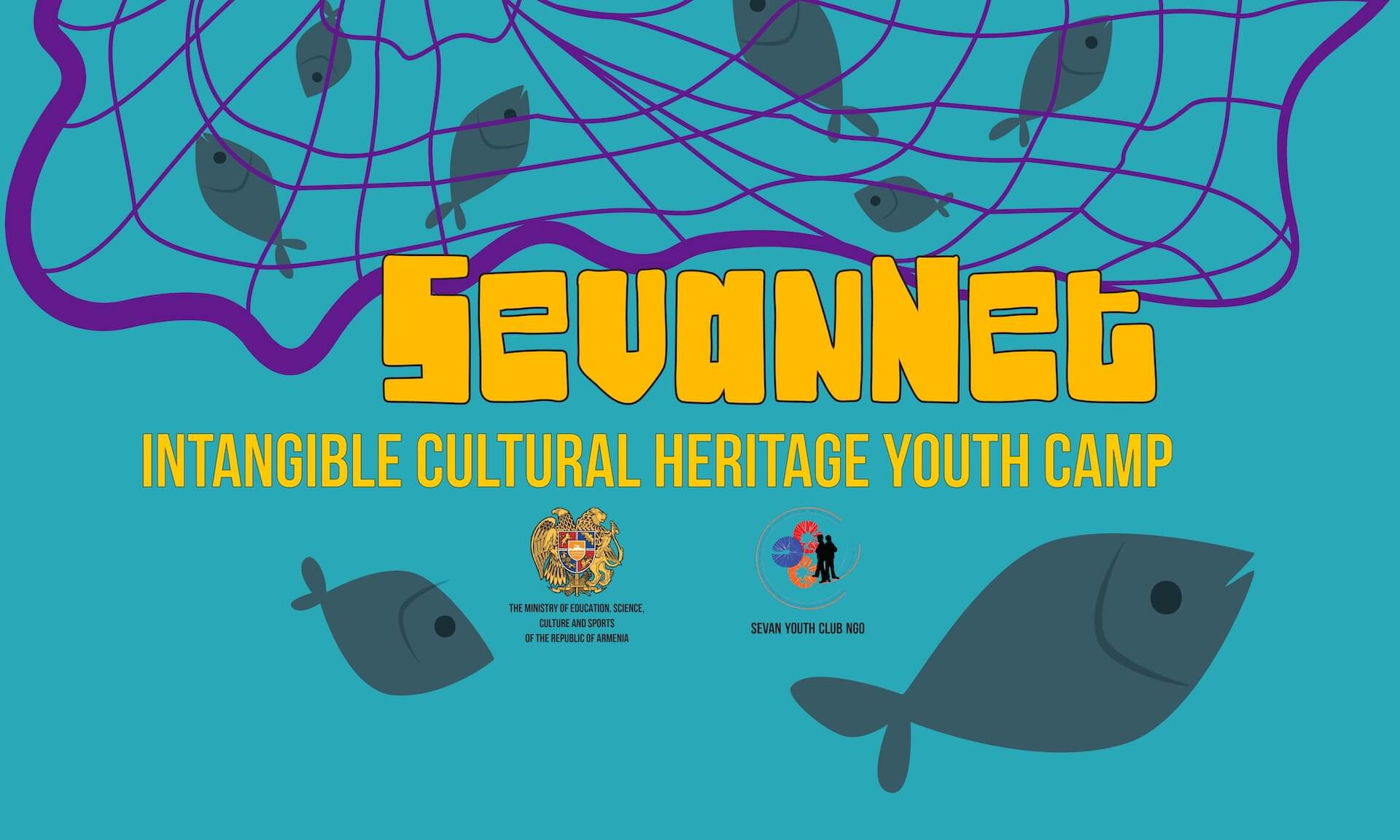
The “SevanNet” program was implemented with the financial support of the Ministry of Education, Science, Culture and Sport of the Republic of Armenia, at the initiative of the “Sevan Youth Club” NGO. The program was dedicated to the International Day of the Intangible Cultural Heritage.
The program sought to raise awareness among young people in the communities of the Gegharkunik region about the importance of safeguarding intangible cultural heritage, while also fostering cultural and environmental education. Sixteen young participants from ten localities, Sevan, Lchashen, Lichk, Vardenik, Chambarak, Tsovak, Kutakan, Gavar, Gandzak, and Sarukhan, representing the enlarged communities of Gavar, Martuni, Vardenis, Chambarak, and Sevan, took part in diverse cultural activities.
The program combined theoretical and practical components. It included interactive lectures on the safeguarding, inventorying, and promotion of intangible cultural heritage, which were interlinked with topics related to Lake Sevan: its significance, challenges, associated cultural heritage, and the safeguarding and transmission of this heritage in the context of climate change.
The practical component featured meetings with local bearers for material collection, training in documentation methodologies, joint field research with lecturers and an ICH expert, and a visit to the Sevan National Park Museum to explore the natural and cultural heritage of the lake and its surroundings.
As part of the program, a three-day “SevanNet” Intangible Cultural Heritage Youth Camp was held in Sevan, during which participants applied their newly acquired knowledge in practice. They documented 41 elements of intangible cultural heritage from community bearers, some of which will be included in Armenia’s National Inventory of Intangible Cultural Heritage.
A documentary film with English subtitles was also produced, showcasing the process of inventorying the traditional Armenian game “Chilingi Pet” in the Chambarak community.
At the conclusion of the program, a closed Telegram group and an open Facebook group were created under “SevanNet”, where participants will share their own materials and expand them through their newly formed networks.

